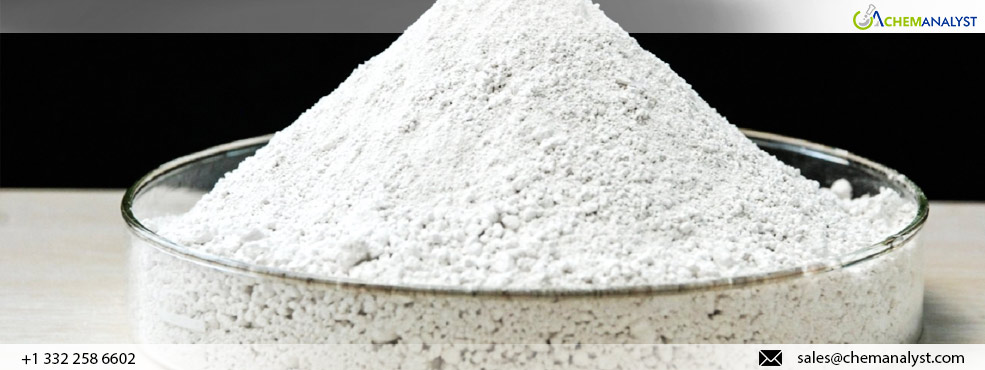Zirconium Silicate Price Fluctuate as US and Asian Markets Dip, European Prices Rise
- 07-Jun-2024 4:50 PM
- Journalist: Nicholas Seifield
In May 2024, the global Zirconium Silicate market experienced notable price fluctuations, with significant drops in the US and Asian markets, while European prices rose. This regional price variation is due to multiple factors affecting supply and demand within the industry. In the US and Asia, Zirconium Silicate prices fell due to weak demand from the construction and ceramics sectors, despite favorable weather conditions for construction. Global demand for the product remained sluggish during this period. Supply chain disruptions, geopolitical tensions, and economic challenges in Europe also influenced the price trends. In China, seasonal factors and reduced construction activity impacted the demand for Zirconium Silicate. Consequently, Zirconium Silicate prices dropped by 8% in Texas (USA) and 4% in Shandong (China), whereas European countries like Germany, Spain, Italy, and Poland saw a 5% price increase.
In the US, the price of Zirconium Silicate followed a downward trend as the cost of imported material from Asia significantly decreased, affecting domestic market prices. The Zirconium Silicate market was further impacted by weak demand from downstream industries, as US manufacturing activity slowed for the second consecutive month in May. New goods orders saw their steepest decline in nearly two years, and construction spending unexpectedly dropped in the previous month, signaling a gradual economic slowdown. High interest rates, driven by the Federal Reserve's focus on controlling elevated inflation, resulted in sluggish spending on manufactured products and capital projects. Consumer spending on goods declined as households conserved their dwindling savings. Additionally, private construction spending decreased by 0.1% in April, primarily due to declines in commercial projects. Public construction spending also fell by 0.2%, with significant drops in educational and highway construction projects, according to the US Census Bureau report. This trend persisted in May, leading to reduced demand for Zirconium Silicate.
In contrast, the European market for Zirconium Silicate experienced a positive trend this month as demand improved while inventory levels decreased. The prolonged downturn in Eurozone manufacturing appeared to be easing, and new orders declined at their slowest rate in two years, boosting business confidence. Additionally, supply disruptions in Europe, exacerbated by torrential rain and flooding in Germany, led to evacuations in the southern regions. These conditions strained central European supply lines further and halted transport along sections of the River Rhine, contributing to higher costs for Zirconium Silicate.
In China, the Zirconium Silicate market experienced a depreciation as demand from downstream industries remained weak during the month. This drop in prices was influenced by sluggish demand recovery in the construction sector, high enterprise inventories, and an oversupply pattern hindering price growth. Moreover, factory activity in China slowed more than anticipated in May, indicating additional strain on an economy already grappling with a prolonged property sector crisis. The primary cause of the slowdown was a decrease in output, with weaker new orders and export orders indicating subdued demand. These combined factors had an overall effect on Zirconium Silicate prices in the region.



